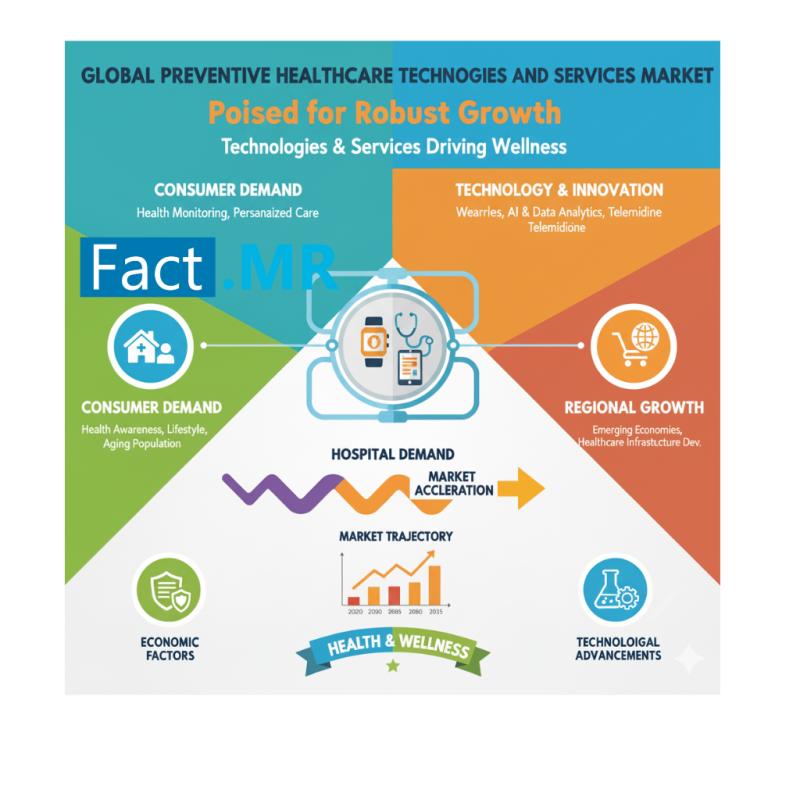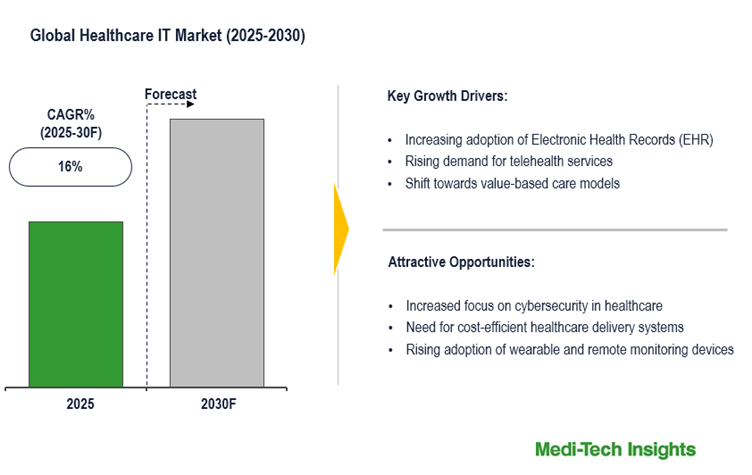Factors influencing the adoption of telemedicine services among middle-aged and older patients with chronic conditions in rural China: a multicentre cross-sectional study | BMC Health Services Research

Gu D, Li T, Wang X, Yang X, Yu Z. Visualizing the intellectual structure and evolution of electronic health and telemedicine research. Int J Med Inf. 2019;130:103947.
Google Scholar
Mahdavi S, Fekri M, Mohammadi-Sarab S, Mehmandoost M, Zarei E. The use of telemedicine in family medicine: a scoping review. BMC Health Serv Res. 2025;25:376.
Google Scholar
Melh G, Tamrat T. Classification of digital health interventions v1.0. Geneva: World Health Organization; 2018.
World Health Organization (WHO). Classification of digital health interventions v1.0. Geneva: WHO; 2018 [cited 2024 Mar 21]. Available from: https://www.isfteh.org/files/media/.
Schumacher AE, Kyu HH, Aali A, et al. Global age-sex-specific mortality, life expectancy, and population estimates in 204 countries and territories and 811 subnational locations, 1950–2021, and the impact of the COVID-19 pandemic: a comprehensive demographic analysis for the global burden of disease study 2021. Lancet. 2024;403(10440):1989–2056.
Google Scholar
Shen HB. The situation and trend of chronic conditions in China: disease burden and risk factors. Health China Watch. 2024;6(01):22–4.
Hu SS. Report on cardiovascular health and diseases in China 2021: an updated summary. J Geriatr Cardiol. 2023;20(6):399–430.
Google Scholar
Kuan PX, Chan WK, Ying DKF, Rahman MAA, Peariasamy KM, Lai NM, et al. Efficacy of telemedicine for the management of cardiovascular disease: a systematic review and meta-analysis. Lancet Digit Health. 2022;4(9):e676–91.
Google Scholar
Ma Z, Shi Y, Yao S, Lu N. Effectiveness of telemedicine-based psychosocial intervention for breast cancer patients: a systematic review and meta-analysis. Support Care Cancer. 2023;31(10):595.
Google Scholar
Sánchez-Gutiérrez C, Gil-García E, Rivera-Sequeiros A, López-Millán JM. Effectiveness of telemedicine psychoeducational interventions for adults with non-oncological chronic disease: a systematic review. J Adv Nurs. 2022;78(5):1267–80.
Google Scholar
Bell-Aldeghi R, Gibrat B, Rapp T, Chauvin P, Guern ML, Billaudeau N, et al. Determinants of the cost-effectiveness of telemedicine: systematic screening and quantitative analysis of the literature. Telemed e-Health. 2023;29(7):1078–87.
Google Scholar
Pei G, Ou Q, Lao M, Wang L, Xu Y, Tan J, Zheng G, et al. APAP treatment acceptance rate and cost-effectiveness of telemedicine in patients with obstructive sleep apnea: a randomized controlled trial. Nat Sci Sleep. 2023;15:607–22.
Google Scholar
Gayot C, Laubarie-Mouret C, Zarca K, Mimouni M, Cardinaud N, Luce S, et al. Effectiveness and cost-effectiveness of a telemedicine programme for preventing unplanned hospitalisations of older adults living in nursing homes: the GERONTACCESS cluster randomized clinical trial. BMC Geriatr. 2022;22(1):991.
Google Scholar
Wang JL, Zhang Y, Wang HR. Influence of COVID-19 pandemic on attitude and intention of online-health services among Chinese. China J Health Psychol. 2021;29(03):363–7.
Shaffer KM, Turner KL, Siwik C, Gonzalez BD, Upasani R, Glazer JV, et al. Digital health and telehealth in cancer care: a scoping review of reviews. Lancet Digit Health. 2023;5(5):e316–27.
Google Scholar
Almathami HKY, Win KT, Vlahu-Gjorgievska E. Barriers and facilitators that influence telemedicine-based, real-time, online consultation at patients’ homes: systematic literature review. J Med Internet Res. 2020;22(2):e16407.
Google Scholar
He X, Cui F, Lyu M, Sun D, Zhang X, Shi J, et al. Key factors influencing the operationalization and effectiveness of telemedicine services in Henan Province, China: cross-sectional analysis. J Med Internet Res. 2024;26:e45020.
Google Scholar
Cao XF, Ning ZP, Hou YH. Influencing factors of patients’ adoption intention toward online medical services: a meta-analysis. Chin J Evid-Based Med. 2022;22(03):316–23.
Ahadzadeh AS, Pahlevan Sharif S, Ong FS, Khong KW. Integrating health belief model and technology acceptance model: an investigation of health-related internet use. J Med Internet Res. 2015;17(2):e45.
Google Scholar
Zhu ZX, Liu YM, Cao XY. Influencing factors of mobile health users’ adoption intention: a meta-analysis. J Syst Manag. 2020;29(01):49–60.
Chapman A, Buccheri A, Mohotti D, Wong Shee A, Huggins CE, Alston L, et al. Staff-reported barriers and facilitators to the implementation of healthcare interventions within regional and rural areas: a rapid review. BMC Health Serv Res. 2025;25(1):331.
Google Scholar
Kavanagh BE, Corney KB, Beks H, Williams LJ, Quirk SE, Versace VL. A scoping review of the barriers and facilitators to accessing and utilising mental health services across regional, rural, and remote Australia. BMC Health Serv Res. 2023;23(1):1060.
Google Scholar
Chu C, Cram P, Pang A, Stamenova V, Tadrous M, Bhatia RS. Rural telemedicine use before and during the COVID-19 pandemic: repeated cross-sectional study. J Med Internet Res. 2021;23(4):e26960.
Google Scholar
Guizhou Province. 2022 National Economic and Social Development Statistical Communique. Guiyang: People’s Government of Guizhou Province; 2023 [cited 2024 Mar 25]. Available from: https://www.guizhou.gov.cn/zwgk/zfsj/tjgb/.
People’s Government of Guizhou Province. Notice of the General Office on printing and distributing the. Guizhou Province Telemedicine Service Management Measures. Guiyang; 2023 [cited 2024 Mar 25]. Available from: https://www.guizhou.gov.cn/zwgk/zfgb/gzszfgb/.
Liu Y, Lu X, Zhao G, Li C, Shi J. Adoption of mobile health services using the unified theory of acceptance and use of technology model: self-efficacy and privacy concerns. Front Psychol. 2022;13:944976.
Google Scholar
Nadal C, Sas C, Doherty G. Technology acceptance in mobile health: scoping review of definitions, models, and measurement. J Med Internet Res. 2020;22(7):e17256.
Google Scholar
Povey J, Mills PPJR, Dingwall KM, Lowell A, Singer J, Rotumah D, et al. Acceptability of mental health apps for aboriginal and Torres Strait Islander Australians: a qualitative study. J Med Internet Res. 2016;18(3):e65.
Google Scholar
Kim J, Park HA. Development of a health information technology acceptance model using consumers’ health behavior intention. J Med Internet Res. 2012;14(5):e133.
Google Scholar
Infurna FJ, Gerstorf D, Lachman ME. Midlife in the 2020s: opportunities and challenges. Am Psychol. 2020;75(4):470.
Google Scholar
Lachman ME. Mind the gap in the middle: a call to study midlife. Res Hum Dev. 2015;12(3–4):327–34.
Google Scholar
Jak S, Jorgensen TD, Verdam MG, Oort FJ, Elffers L. Analytical power calculations for structural equation modeling: a tutorial and Shiny app. Behav Res Methods. 2021;53:1385–406.
Google Scholar
DiMatteo MR, Haskard KB, Williams SL. Health beliefs, disease severity, and patient adherence: a meta-analysis. Med Care. 2007;45(6):521–8.
Google Scholar
Miao R, Wu Q, Wang Z, Zhang X, Song Y, Zhang H, et al. Factors that influence users’ adoption intention of mobile health: a structural equation modeling approach. Int J Prod Res. 2017;55(19):5801–15.
Google Scholar
Deng Z, Mo X, Liu S. Comparison of the middle-aged and older users’ adoption of mobile health services in China. Int J Med Inf. 2014;83(3):210–24.
Google Scholar
Salgado T, Tavares J, Oliveira T. Drivers of mobile health acceptance and use from the patient perspective: survey study and quantitative model development. JMIR Mhealth Uhealth. 2020;8(7):e17588.
Google Scholar
Li D, Hu Y, Pfaff H, Wang L, Deng L, Lu C, et al. Determinants of patients’ intention to use the online inquiry services provided by internet hospitals: empirical evidence from China. J Med Internet Res. 2020;22(10):e22716.
Google Scholar
Zhang Y, Liu C, Luo S, Ye Y, Liu F, Li X, et al. Factors influencing patients’ intentions to use diabetes management apps based on an extended unified theory of acceptance and use of technology model: web-based survey. J Med Internet Res. 2019;21(8):e15023.
Google Scholar
Hsieh PJ. Healthcare professionals’ use of health clouds: integrating technology acceptance and status quo bias perspectives. Int J Med Inf. 2015;84(7):512–23.
Google Scholar
Shrestha N. Factor analysis as a tool for survey analysis. Am J Appl Math Stat. 2021;9(1):4–11.
Google Scholar
Middleton F. Reliability vs. validity in research| difference, types and examples. Scribbr; 2019 [cited 2024 Mar 29]. Available from: https://www.scribbr.com/methodology/reliability-vs-validity/.
Brown S. April Measures of Shape: Skewness and Kurtosis. Available online: (Accessed on 27 2025). http://brownmath.com/stat/shape.htm.
Golinelli D, Boetto E, Carullo G, Nuzzolese AG, Landini MP, Fantini MP. Adoption of digital technologies in health care during the COVID-19 pandemic: systematic review of early scientific literature. J Med Internet Res. 2020;22(11):e22280.
Google Scholar
Wang H, Liang L, Du C, Wu Y. Implementation of online hospitals and factors influencing the adoption of mobile medical services in China: cross-sectional survey study. JMIR Mhealth Uhealth. 2021;9(2):e25960.
Google Scholar
AlQudah AA, Al-Emran M, Shaalan K. Technology acceptance in healthcare: a systematic review. Appl Sci. 2021;11(22):10537.
Google Scholar
Du Y, Zhou Q, Cheng W, Zhang Z, Hoelzer S, Liang Y, et al. Factors influencing adoption and use of telemedicine services in rural areas of China: mixed methods study. JMIR Public Health Surveill. 2022;8(12):e40771.
Google Scholar
Davis FD. Perceived usefulness, perceived ease of use, and user acceptance of information technology. MIS Q. 1989;13(3):319–40.
Google Scholar
Li X, Wang X, Li G. Aging-friendly design research: knowledge graph construction for older advantage applications. Appl Sci. 2025;15(5):2848.
Google Scholar
Kruse CS, Karem P, Shifflett K, Vegi L, Ravi K, Brooks M. Evaluating barriers to adopting telemedicine worldwide: a systematic review. J Telemed Telecare. 2016;24(1):4–12.
Google Scholar
Venkatesh V, Morris MG, Davis GB, Davis FD. User acceptance of information technology: toward a unified view. MIS Q. 2003;27(3):425–78.
Google Scholar
Venkatesh V, Thong JYL, Xu X. Consumer acceptance and use of information technology: extending the unified theory of acceptance and use of technology. MIS Q. 2012;36(1):157–78.
Google Scholar
Zhu G, Sangwan S, Lu T. A new theoretical framework of technology acceptance and empirical investigation on self-efficacy‐based value adoption model. Nankai Bus Rev Int. 2010;1(4):345–72.
Google Scholar
Pavlou PA. Consumer acceptance of electronic commerce: integrating trust and risk with the technology acceptance model. Int J Electron Commer. 2003;7(3):101–34.
Google Scholar
Chu H, Liu S. Risk-efficacy framework– a new perspective on threat and efficacy appraisal and the role of disparity. Curr Psychol. 2023;31:1–14.
Hormaza-Jaramillo A, Arredondo A, Forero E, Herrera S, Ochoa C, Arbeláez-Cortés Á, et al. Effectiveness of telemedicine compared with standard care for patients with rheumatic diseases: a systematic review. Telemed e-Health. 2022;28(12):1852–60.
Google Scholar
Prabhakaran D, Jha D, Prieto-Merino D, Roy A, Singh K, Ajay VS, et al. Effectiveness of an mHealth-based electronic decision support system for integrated management of chronic conditions in primary care: the mWellcare cluster-randomized controlled trial. Circulation. 2019;139(3):380–91.
Google Scholar
Kong LJ, Hou YM, Zheng DW. A study on telemedicine policies and patients’ social welfare based on dynamic game theory. Chin J Manag Sci. 2023;31(01):176–86.
Li M, Kennedy EB, Byrne N, Gérin-Lajoie C, Katz MR, Keshavarz H, et al. Systematic review and meta‐analysis of collaborative care interventions for depression in patients with cancer. Psychooncology. 2017;26(5):573–87.
Google Scholar
Schrijver J, Lenferink A, Brusse-Keizer M, Zwerink M, van der Valk PDLPM, van der Palen J, Effing TW. Self-management interventions for people with chronic obstructive pulmonary disease. Cochrane Database Syst Rev. 2022;1:CD002990.
Google Scholar
Barbosa MT, Sousa CS, Morais-Almeida M. Telemedicine in the management of chronic obstructive respiratory diseases: an overview. Digital health. Brisbane: Exon; 2022. p. 35605079.
link






